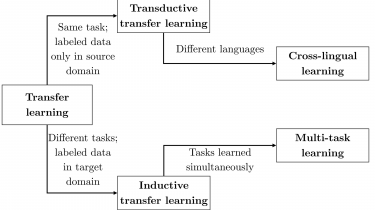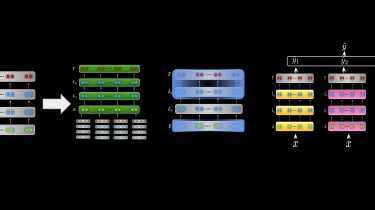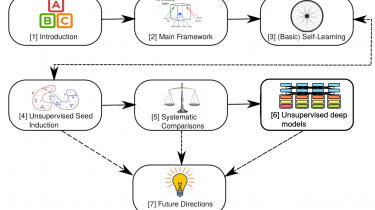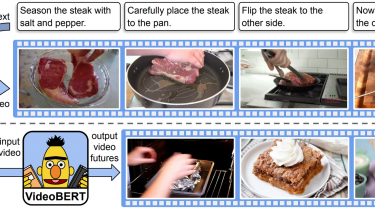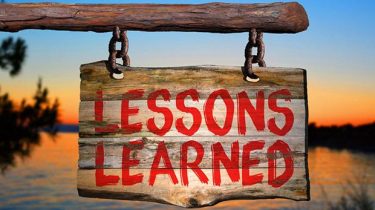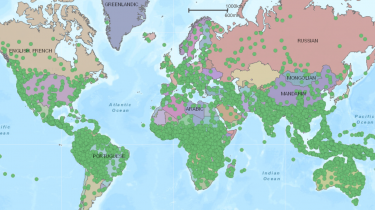Neural Transfer Learning for Natural Language Processing (PhD thesis)
I finally got around to submitting my thesis. The thesis touches on the four areas of transfer learning that are most prominent in current Natural Language Processing (NLP): domain adaptation, multi-task learning, cross-lingual learning, and sequential transfer learning. Most of the work in the thesis has been previously presented (see Publications). Nevertheless, there are some new parts as well. The most notable are: a background chapter (§2) that lays out key concepts in terms of probability and information theory, machine […]
Read more